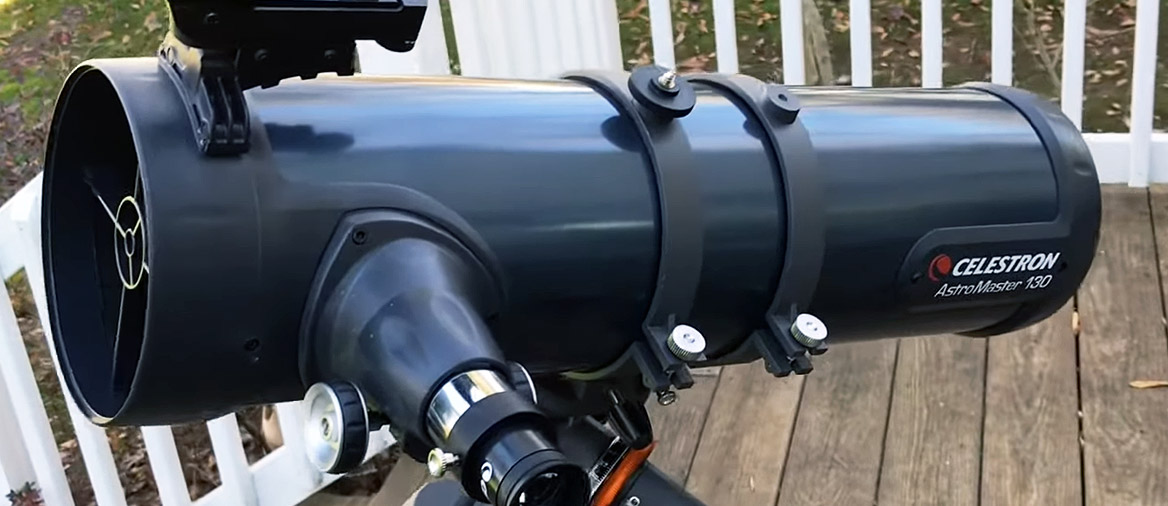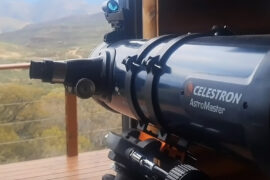Reflecting telescopes (or reflectors) are one of the most popular types of stargazing devices on the market. But reflectors are also divided into many subtypes, each with its own set of pros and cons.
There are 3 main types of reflecting telescopes. Newtonians, Cassegrains, and Dobsonians. They all share many things in common like the use of mirrors instead of lenses, but their designs vary.
Reflecting telescopes are known for being powerful because of their high apertures and being budget friendly because of the materials they use and how easy they are to manufacture.
In this article, we’ll take a look at the different types of reflecting telescopes and analyze the advantages and differences of each of them.
Characteristics of reflecting telescopes
First, it is important to define what is a reflecting telescope so we know which telescopes fit into the category and why.
Reflecting telescopes were invented by Isaac Newton in the 17th century. The big innovation they had over the telescopes at the time is they used mirrors instead of lenses to reflect the light – hence the name – instead of refracting it into a single point. This allowed for much bigger telescopes that also fixed chromatic aberrations (wrong colors and colored rings around the objects).
One important note about reflectors is that they require more maintenance than other types of telescopes. Because of their open design, some dust will inevitably enter the tube. This means the interior and the primary mirror need to be cleaned regularly.
With regular use, the mirrors also tend to move a little, so once every few months, reflectors need to be re-aligned. This process is called collimation, and while it is simple once you get the hang of it, it can seem intimidating for beginners. Collimating a telescope can take anywhere from 5 minutes to 1 hour depending on the type of reflector.
The main characteristics of reflecting telescopes are.
- They use curved mirrors
- The light inside the tube is reflected by the mirrors instead of refracted
- They don’t produce chromatic aberrations
- On the other hand, they tend to produce spherical aberrations (blurriness on the edges of the image)hey require maintenance and collimation.
The design has been perfected throughout the years and multiple types of reflecting telescopes have been innovated, but the basics remain the same.
To this day, reflecting telescopes are the best design we have to build large telescopes. almost every big telescope is a reflector of some kind. This includes the telescopes used in observatories, and even the Hubble and the James Webb Space Telescope are, in principle, reflecting telescopes.
We also have an article on the pros and cons of reflecting telescopes that goes into more detail about their specific advantages.
Types of reflecting telescopes
There are many types of reflecting telescopes, but a lot of them are no longer used, like Gregorian telescopes. We are going to focus on the 3 types that are in use by amateur and professional astronomers today. These are Newtonians, Cassegrains and Dobsonians.
Newtonian Telescopes
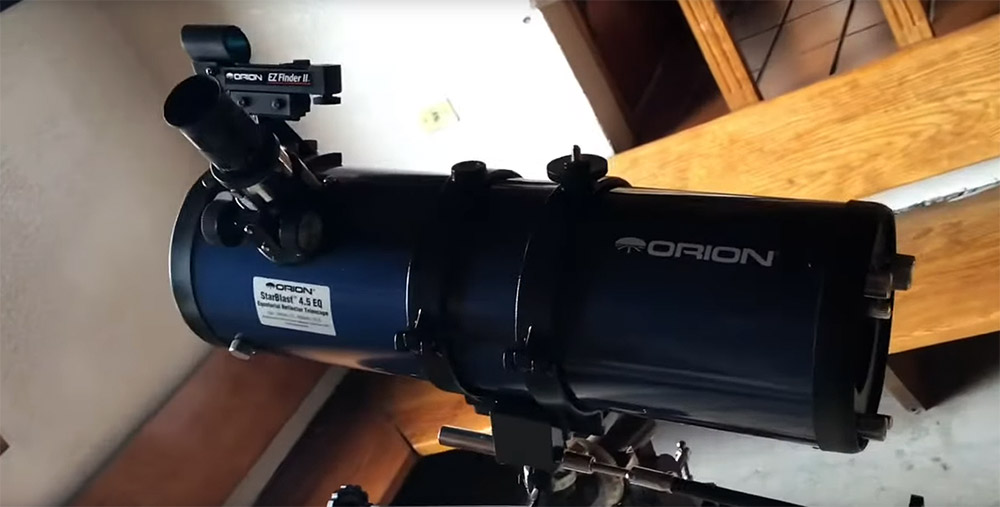
Newtonian telescopes are named obviously after Isaac Newton, the inventor of the original reflecting design. As the name implies, they are based on the original idea, however, the ones that are used today are greatly improved versions.
Newtonians are very simple in practice. The light enters through the tube which has no front lens and is transmitted all the way to the back of the tube where the primary curved mirror reflects it. This light is then bounced by a secondary flat mirror that is suspended somewhere in the middle of the tube where it is sent to the exit pupil (eyepiece).
The following diagram shows how a Newtonian telescope works. Click for a larger version.
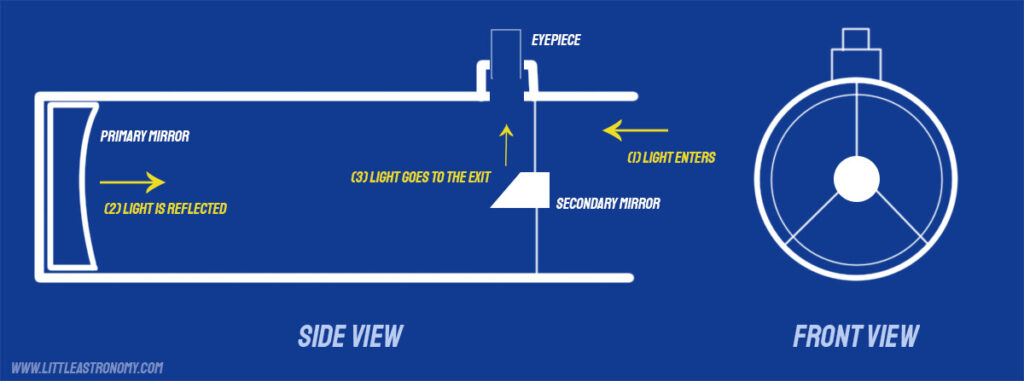
As you can see in the diagram, the primary mirror is all the way in the back. This means the light first has to go through the supports that hold the secondary mirror (called spider). This can cause loss of contrast and diffraction spikes which are the main optic issues with Newtonians.
Newtonian telescopes are very popular amongst hobbyist astronomers because they offer a lot of power at very affordable costs compared to refractors. This is why most telescopes with apertures above 100mm are reflectors.
Because of their design, Newtonians have a short focal length in relation to their body. This is because the path the light follows after it is reflected only goes to about two-thirds of the length of the tube. This makes them relatively fast telescopes that are good for astrophotography and that perform slightly better on deep space objects. This is why most of the picks in our guide on the best telescopes to see galaxies are Newtonians.
To summarize, these are the characteristics of Newtonians.
- No front mirror
- The primary mirror is at the back of the tube
- A secondary mirror bounces the light to the eyepiece
- Relatively short focal length
- Large apertures
- Easy and cheap to manufacture
- Lower contrast
- Free or almost free of color errors
Dobsonian telescopes
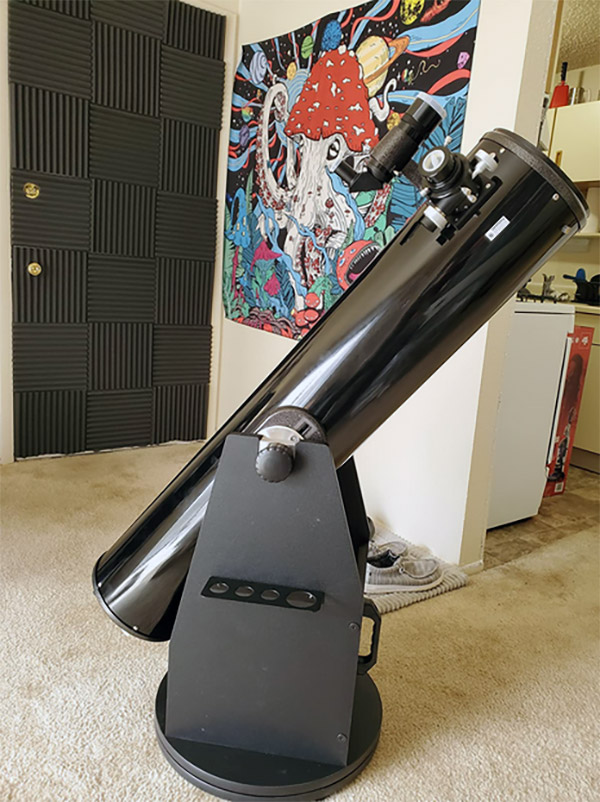
Dobsonian telescopes are extremely popular amongst the amateur stargazing community for two reasons.
First, they have large apertures at a low cost, making them the most affordable way to get high levels of magnification. They are nicknamed “light buckets” because of all the light they can capture.
Second, they are easy to build. They are the most popular design in the DIY telescope community. The base and tube can literally be built out of wood and cardboard and you’d just need to commission or purchase the mirror and a couple of other parts.
The inner design of the tube of Dobsonian telescopes is the same as in Newtonians. The biggest difference is in the rotatory base.
The base of Dobsonians is a very efficient way to support the big weight of a large tube without a tripod. This same concept has been adapted and is now used also on tabletop telescopes.
This mount is an alt-azimuth mount. Just like the ones on tripods, it only moves in two directions. The only difference is the controls are bigger and slightly different.
The large body of Dobsonians gives them naturally a large focal length. However, since their aperture is also increased, their focal ratio remains about the same as the ones in regular Newtonians.
Cassegrain telescopes
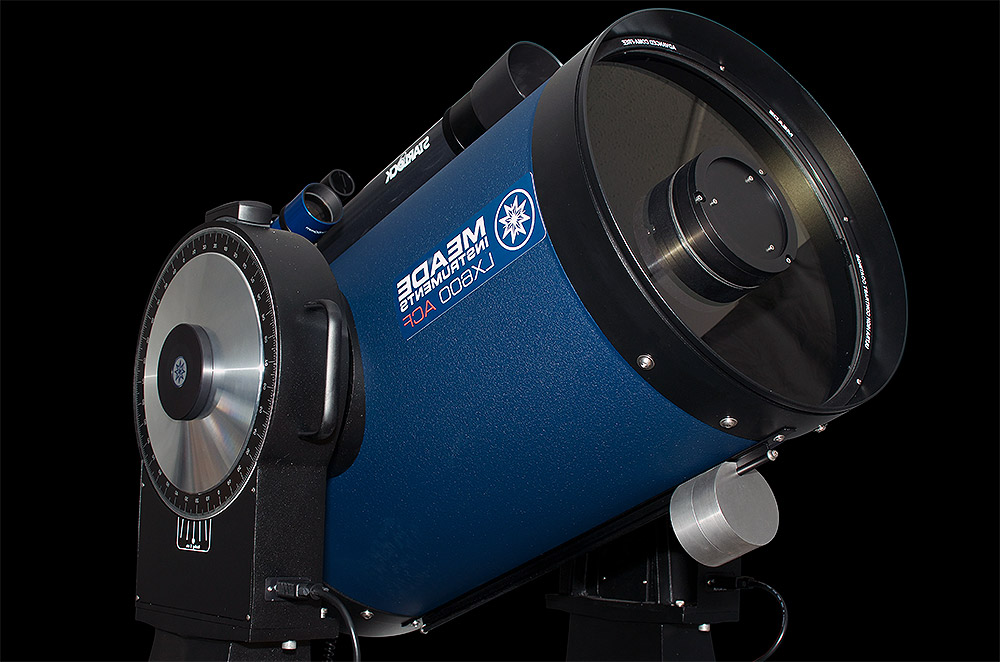
Cassegrain telescopes – also known as catadioptric or compound telescopes – are a modern type of reflecting telescope that is extremely popular because of its high-quality optics. It fixes most of the optical issues with traditional reflectors and refractors with the trade-off that they are more expensive because of the complexity of their design.
Cassegrains use a combination of mirrors and lenses. In some way, it could be said they are both reflecting and refracting telescopes.
These telescopes have compact bodies, making them easy to travel with.
Because the light is folded multiple times inside the body, the focal length of Cassegrains is high. This makes them ideal for planetary viewing. In fact, the top pick of our best telescopes for viewing planets guide is one of these.
There are multiple variations of Cassegrain telescopes used in astronomy, but the two that are most used today are Schmidt-Cassegrain (SLC for short) and Maksutov-Cassegrain (MAKs).
Schmidt-Cassegrain
SCTs use the original design invented by Laurent Cassegrain in 1972.
The design of SCTs looks very similar to a traditional Newtonian with a few key changes.
In SCTs, the light first enters the tube passing through a corrector plate. The light is then reflected on the primary mirror, but on the spider, instead of having a mirror that reflects the light up, there’s a lens that refracts it back. The light passes through the primary mirror again onto the exit pupil that is on the back end of the telescope.
Unlike Newtonians, Schmidt-Cassegrains don’t have an open design. Instead, they have a corrector plate as the front element. This not only helps correct many optical issues, but it reduces the required maintenance and cleanup.
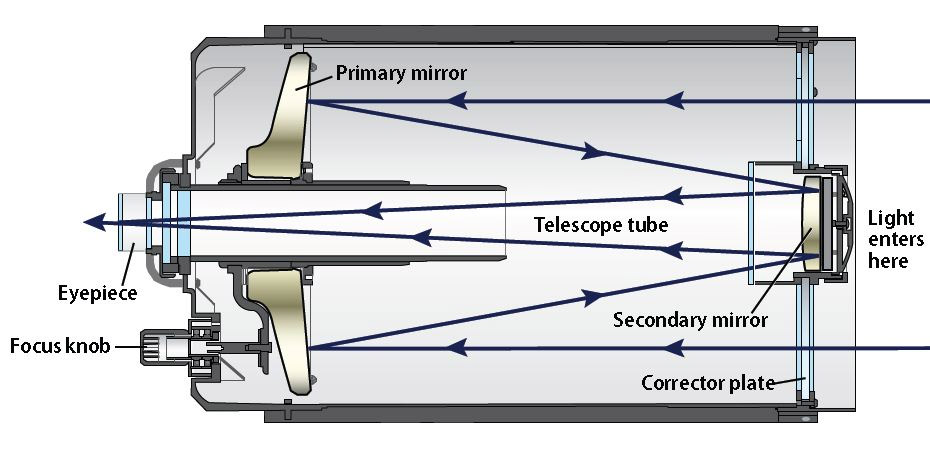
SCTs are also much easier to collimate. This process is done simply by adjusting the screws that hold the secondary lens. This can generally be done in less than ten minutes.
We have a whole article on the pros and cons of Schmidt-Cassegrain telescopes if you want to learn more about them.
Maksutov-Cassegrain
The design of Maks is very clever and one of the most modern types of reflecting telescopes. It was invented by the Russian optician Dmitri Dmitrievich Maksutov in 1941 and is widely used for higher-end telescopes.
Maks are more of a “pure” reflector as they use only mirrors, but they are also sometimes classified as compound designs.
Just like in SCTs, the light enters through a corrector plate at the front and reflects off the primary mirror at the back. The difference is that the corrector plate is curved and that the secondary mirror is part of the inner side of the plate instead of sitting on a spider in the middle.
The following diagram might help explain it better.
Maks offer high-end optics and they don’t show any chromatic aberrations or “comas” (small tails on bright objects).
The problem with Maks is their weight and cost. The corrector plate and secondary mirror are heavy and expensive to manufacture. This means they get expensive and impractical fast as they grow in size. This is why the range of Maksutovs in the market is within a very specific range of aperture between 127mm and 180mm. There are a few spotting scopes in the lower apertures (70mm-90mm) but not many.
What’s the best type of reflecting telescope?
That answer is going to be very personal as each type of reflecting telescope has its own advantages and disadvantages. For example, Newtonians are budget-friendly, but they require maintenance. Dobsonians are powerful and easy to build, but they are hard to use and a pain to transport. And Cassegrains have impeccable optics, but they are pricier and hard to build in large sizes.
We have done a few specific comparison guides between each type that you can check out.
Summary
- Reflecting telescopes use mirrors at the back of the tube to reflect the light instead of refracting it through a lens.
- The main types of reflecting telescopes are Newtonian, Dobsonian, and Cassegrain.
- They can be built in large sizes and that’s why big telescopes like the ones used in observatories and space telescopes, are reflectors.

